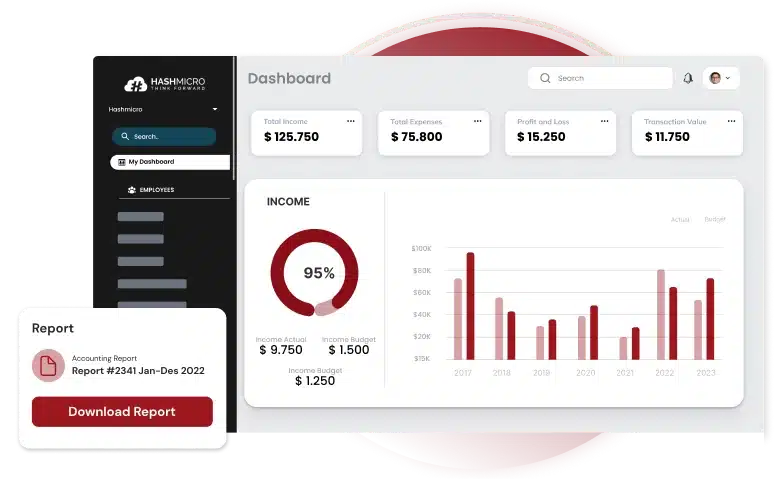The accounting equation is the foundation of double-entry bookkeeping, ensuring that a company’s financial records remain balanced. It represents the relationship between assets, liabilities, and equity, forming the basis for accurate financial reporting.
The global accounting services market is set to reach $735.94 billion by 2025, growing at a 3.9% CAGR. This reflects the rising need for accurate financial reporting, with the accounting equation as a key principle in maintaining balanced records.
HashMicro provides an automated accounting solution that simplifies financial management by ensuring real-time accuracy and compliance with accounting principles. By leveraging technology, businesses can eliminate errors and gain deeper financial insights.
In this article, we will explore the definition of accounting equations, their importance, workings, formulas, calculations, limitations, real-world examples, and the challenges businesses face when applying them.
Table of Content:
Table of Content

Key Takeaways
|
What Is the Accounting Equation?
The accounting equation is a fundamental principle in bookkeeping that shows the balance between assets, liabilities, and equity. It works by ensuring every transaction keeps the equation in balance for accurate financial records.
Assets are everything a company owns, such as cash, inventory, and equipment. Liabilities include debts and obligations, such as loans and accounts payable.
Equity represents the owner’s claim after all liabilities are settled. This equation ensures that every financial transaction is recorded correctly, preventing discrepancies in financial statements.
By maintaining this balance, businesses can track their financial health, identify potential risks, and ensure compliance with accounting standards. Understanding the accounting equation is essential for financial accuracy, aiding companies in making strategic decisions.
Why Is the Accounting Equation Important?
The basic accounting equation is crucial because it ensures that a company’s financial records remain accurate and balanced. By maintaining this equation, businesses can correctly track their assets, liabilities, and equity, preventing errors that could lead to financial misstatements.
It also serves as the foundation for double-entry bookkeeping, where every transaction affects at least two accounts, reinforcing financial integrity. Beyond accuracy, the accounting equation helps businesses analyze financial health and make informed decisions.
A well-balanced equation indicates stability, while discrepancies may signal accounting errors or financial risks. Investors, creditors, and stakeholders rely on this equation to assess a company’s financial position and future viability.
Additionally, regulatory compliance depends on maintaining a proper accounting equation. Financial statements prepared using this principle adhere to accounting standards, ensuring transparency and reliability.
What Are the Key Components in the Accounting Equation?
The accounting equation comprises three key components: assets, liabilities, and equity. These elements form the foundation of a company’s financial structure and determine its overall financial position.
1. Assets
Assets represent everything a company owns that has monetary value. This includes cash, accounts receivable, inventory, equipment, and real estate. Assets are used to generate revenue and support business operations.
2. Liabilities
Liabilities are the company’s financial obligations or debts owed to external parties. These include loans, accounts payable, salaries payable, and taxes owed. Liabilities represent creditors’ claims on the company’s assets.
3. Equity
Equity refers to the owner’s or shareholders’ residual interest in the company after all liabilities are deducted from assets. It includes retained earnings and capital contributions, representing the company’s net worth.
Each business transaction impacts one or more of these components while ensuring the equation remains balanced. Understanding these elements is essential for maintaining accurate financial records and assessing a company’s financial health.
Accounting Equation Formula and Calculation
The accounting equation follows the fundamental principle of double-entry bookkeeping, ensuring that financial records remain accurate and balanced. The formula is expressed as:
Assets = Liabilities + Equity
This equation formula shows that a company’s resources (assets) are financed by debts (liabilities) or the owner’s equity. Every financial transaction affects at least two of these components, maintaining the balance of the equation.
To calculate the accounting equation, follow these steps:
- Identify Total Assets – Sum up all owned resources, including cash, accounts receivable, inventory, and property.
- Determine Liabilities – Add all obligations, such as loans, accounts payable, and other debts.
- Find Equity – Calculate equity by adding capital contributions and retained earnings.
- Apply the Formula – Verify that assets equal the sum of liabilities and equity to ensure balanced records.
You can also read other articles related to the best accounting software, especially for helping with equation accounting.
Example of the Accounting Equation
To understand how the accounting equation works in real scenarios, consider the following example:
Example 1: Business startup
A company starts its operations with an initial capital investment of $50,000 from the owner. This transaction affects the equation as follows:
Assets = Liabilities + Equity
$50,000 = $0 + $50,000
Since there are no liabilities, all funds come from the owner’s equity, keeping the equation balanced.
Example 2: Purchasing equipment on credit
The company purchases equipment worth $20,000 on credit. This increases both assets and liabilities:
Assets = Liabilities + Equity
($50,000 + $20,000) = ($0 + $20,000) + $50,000
$70,000 = $20,000 + $50,000
The equation remains balanced, showing that the company has increased its assets while taking on new financial obligations.
Example 3: Revenue generation and expense payment
The business earns $15,000 in revenue and pays $5,000 in operating expenses. The impact on the accounting equation is:
Assets = Liabilities + Equity
($70,000 + $15,000 – $5,000) = $20,000 + ($50,000 + $10,000)
$80,000 = $20,000 + $60,000
Revenue increases assets and equity, while expenses reduce equity. Despite these changes, the accounting equation stays balanced, ensuring accurate financial tracking.
These examples highlight how every transaction affects multiple accounts while maintaining the fundamental equation. Understanding these interactions is crucial for managing business finances effectively.
Limitations of the Accounting Equation
While the accounting equation is essential for maintaining financial accuracy, it has certain limitations that businesses must consider. These limitations can impact financial analysis and decision-making, especially when evaluating a company’s health.
1. Does not reflect market value
The accounting equation records assets at historical cost rather than their current market value. This means that financial statements may not accurately reflect a company’s true financial position, especially for assets like real estate or intellectual property that appreciate over time.
2. Does not account for non-financial factors
The equation focuses solely on financial data and excludes non-financial elements influencing business performance, such as brand reputation, employee skills, and market trends. These factors can significantly impact a company’s value but are not captured in the accounting equation.
3. Cannot detect fraud or errors
Although the accounting equation ensures that records remain balanced, it does not guarantee accuracy. Fraudulent transactions, misclassifications, or accounting errors can still go undetected, which requires additional auditing and internal controls.
Despite these limitations, the accounting equation remains a fundamental principle in financial reporting. Businesses must complement it with other financial analysis tools to better understand their health.
Simplify Your Financial Management with HashMicro Accounting Software
Managing finances accurately requires more than just understanding the accounting equation—it demands the right tools to automate calculations, prevent errors, and ensure compliance.
HashMicro Accounting Software simplifies financial management by integrating real-time reporting, automated bookkeeping, and accurate financial tracking. With a robust system, businesses can maintain balanced records effortlessly while focusing on growth and efficiency.
Below are some of its key features that make accounting processes more efficient and hassle-free:
- Bank Integration – Auto Reconciliation: Automatically sync transactions with bank accounts to simplify reconciliation and ensure financial accuracy without manual data entry.
- Multi-Level Analytical: Generate detailed financial reports with multi-tier analysis, providing deeper insights into business performance and cost distribution.
- Profit & Loss vs. Budget & Forecast: Compare actual profits and losses against budgeted figures and forecasts to track financial performance and identify variances.
- Cash Flow Reports: Monitor cash inflows and outflows in real time, helping businesses maintain liquidity and make informed financial decisions.
- Forecast Budget: Predict future financial needs by analyzing past trends, enabling businesses to plan budgets more effectively and allocate resources efficiently.
- Financial Statement with Budget Comparison: Analyze financial statements alongside budget allocations to assess spending efficiency and optimize financial planning.
Conclusions
The accounting equation is the foundation of financial management, ensuring that every business transaction maintains a balanced and accurate financial record. Businesses can track their financial health and make informed decisions by understanding its components, assets, liabilities, and equity.
Its importance lies in providing transparency, preventing businesses from tracking their financial health, making informed decisions by understanding its components—assets, liabilities, and quitting discrepancies, and supporting compliance with accounting standards.
With HashMicro Accounting Software, businesses can simplify financial management through automated reconciliation, real-time reporting, and advanced budgeting tools. This ensures seamless financial tracking while reducing manual effort.
Try HashMicro’s free demo today and experience a more innovative way to manage your finances!
FAQ About Accounting Equation
-
What if the accounting equation is not balanced?
This imbalance usually indicates errors in data entry, record-keeping, or calculations, often caused by missing transactions, misclassified accounts, or simple math mistakes.
-
What is the difference between assets and equity?
Assets represent what a business owns, while liabilities are its obligations to third parties. Equity is the remaining value for owners after liabilities are deducted. This follows the fundamental accounting principle: assets must equal liabilities plus equity.
-
How to check if a balance sheet is correct?
A balance sheet must remain balanced, ensuring that assets always match the sum of liabilities and owners’ equity. Likewise, owners’ equity equals assets minus liabilities, while liabilities are determined by subtracting owners’ equity from assets.


































